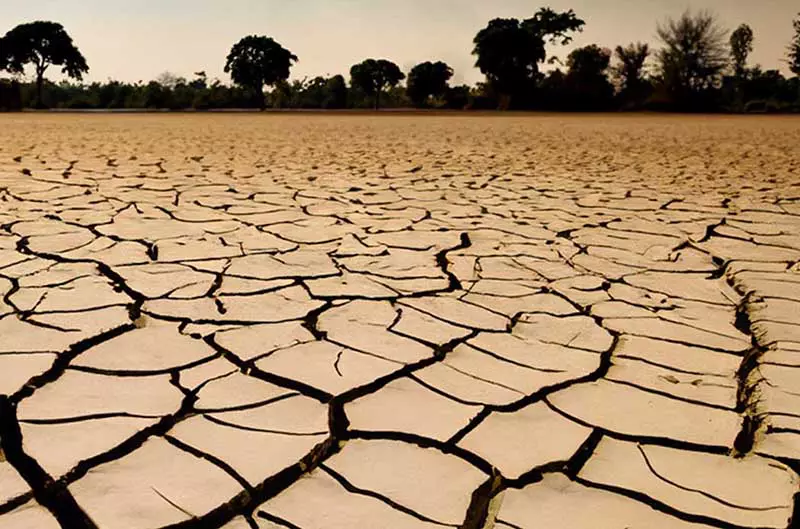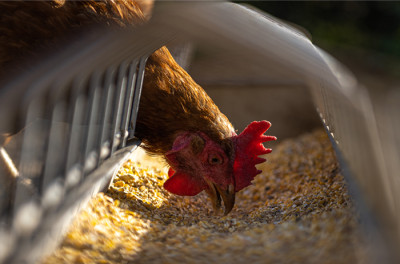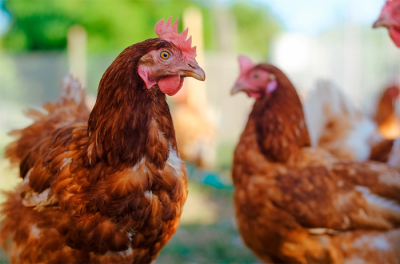

Prepare For Extreme Heat
The heat wave that is currently hitting countries in Asia, including Indonesia is a natural phenomenon that also has an impact on the poultry industry. Even though Indonesia is not one of the countries experiencing extreme temperature increases, temperature rises are still being felt in various regions in Indonesia. The average temperature recorded in several regions of Indonesia is in the range of 34-36oC. High temperatures combined with high humidity can majorly impact performance. One of the common problems is heat stress in chickens. Heat stress can occur at all ages and all types of chickens, broilers, layers, and breeders. Heat stress not only causes acute death of chickens but can also reduce productivity and performance.
Heat Stress
Heat stress occurs when the chicken loses the balance between its body heat production and heat loss. Under normal conditions of the "Thermoneutral Zone", chickens can expel heat from their bodies with their living habits. However, when the body temperature exceeds the "Thermoneutral Zone", the chicken must remove its body heat by "Panting". The average body temperature of chickens is 40-41oC, if the body temperature rises more than 4oC, the chicken is in danger of death.

Normally, body heat is produced by the body's metabolism, including maintenance, growth, and egg production. Factors that affect body heat production are body weight, species, production level, feed intake level, feed quality, and activity. In addition to the heat produced by the body's metabolism, heat sources can also come from outside the body, such as poor ventilation, hot walls and roofs, and moist/wet litter. Normally, chickens will release their body heat by four mechanisms: radiation, convection, conduction, and evaporation. However, when the temperature of the roof and walls is hotter than the chicken's body, the chicken cannot excrete body temperature by means of radiation. If the air ventilation is low/air exchange is slow, then the chicken cannot do convection to remove its body heat. If the litter is moist/wet, the chickens cannot remove body heat by conduction. If the chicken cannot remove body heat with those three methods when it is in the "Upper Critical Temperature" condition, then the chicken will do evaporative heat loss or panting.
Chickens that experience heat stress will avoid other chickens, approach cooler surfaces, reduce movement, panting, and wings outstretched, feed intake will decrease but water intake will increase, diverting blood from the internal organs to the skin which makes the skin color darker. Chronic heat stress will cause damage to the intestinal villi and leaky gut syndrome. This causes the integrity of the intestinal villi cells to decrease, digestive ability is also reduced so that nutrient absorption is not optimal, pathogenic bacteria will exploit this condition to enter the blood plasma causing systemic infections.
Heat Stress Control
Heat stress can be reduced by evaluating air ventilation, the recommended wind speed is 1.5-3.0 m/s. In addition, if the chickens are still using litter, then the moist and wet litter must be removed from the cage immediately. For closed house-type cages, evaluate the temperature and humidity in the cage. Giving Stressgrin® or Astresvit®, both contain multivitamins (vit A, D3, E, B12, B6, C, K3, B1, B2, folic acid, NaCl, KCl, B5, and B3) which are useful for maintaining the body's electrolyte balance and maintaining the health of chickens from stress conditions. Use of Vitakur® (a combination of herbs, multivitamins, and amino acids) as a hepatoprotection, hepatomodulator, and antioxidant to fight stress-induced free radicals.
Sanitary water using Intra Hydrocare® is also needed to prevent secondary infection by killing pathogenic bacteria, as well as cleaning biofilm, moss, and organic material in drinking water pipes. Intra Hydrocare® with a gradual dose of 50-250 ml per 1000 liters of drinking water is safe to use in cages containing chickens. In addition, to deal with wet and damp litter, you can use a powder-shaped dry disinfectant such as Stalosan F®. Stalosan F® has three actions, namely disinfection, deodorizing, and drying wet litter.
By : drh. Almabi Ganadamar
You may also like

Probiotics’ Impact on Lowering Ammonia Levels and...
Air quality within poultry houses is a crucial fac...

The Role of Prebiotics in Supporting Gut-Associate...
Gut-Associated Lymphoid Tissue (GALT) is the large...

Gut Health, Strong Flock: The Key to Optimal Poult...
Poultry productivity, particularly in the broiler...